

Productivity is always at the top of businesses’ minds, and for good reason. Progressive project managers constantly look for new methods to optimize time and resources.
While many productivity strategies focus on time management and prioritization, the Center-of-Gravity (CoG) approach approaches things from a different angle by identifying the most impactful areas in operation and focusing hard on them.
The CoG approach comes from logistics and supply chain management, which businesses use to determine the best warehouses and distribution center locations. The goal is to minimize transport costs and simplify operations. However, the same concept can be applied to business and project management. It can help teams identify the key areas that drive efficiency and eliminate unnecessary work.
Sometimes, completing a CoG analysis can reveal that whole job roles are redundant, giving businesses a clearer picture of what it actually takes to run the business.
What is the Center-of-Gravity Approach
In logistical analysis, companies calculate the optimal placement of facilities by estimating the geographic “center of gravity” based on customer demand, transport costs, and distribution needs. The idea is to find a balance that minimizes inefficiencies while maximizing effectiveness.
When applied to productivity, the approach shifts the focus from physical locations to business operations. Instead of treating all tasks and responsibilities equally, the CoG approach identifies the key processes, people, and workflows that most impact success.
Rather than spreading resources thinly across many activities, teams focus strictly on these core areas, allowing for better decision-making, resource allocation, and efficiency.
How the Center-of-Gravity Approach Increases Productivity
Every business or project has critical functions that impact success to varying degrees. These core functions are the “center of gravity” for the operation, meaning that prioritizing and optimizing them can boost productivity big time.
One way this approach increases productivity is by eliminating wasted or redundant effort. Many organizations struggle with inefficiencies because they work on too many areas simultaneously, leading to fragmentation and reduced effectiveness. The CoG approach means teams focus on the most impactful processes, reducing distractions and increasing output.
Another benefit is better resource allocation. Businesses often distribute resources – time, people, or budget – without a strategy. This is a huge, often-overlooked mistake. Identifying the core areas that drive performance means teams can direct resources where they add the most value.
Communication also improves when organizations apply the CoG method. Many productivity issues stem from poor communication, unclear priorities, or too many decision-makers. Having a precise center of gravity for communication, whether through a specific team leader, a dedicated platform, or structured workflows, reduces misunderstandings and keeps projects moving. The CoG approach also speeds up decision-making.
When businesses define their focal points, they can assign decision-making authority to the right people or teams, avoiding bottlenecks that block progress. A well-defined CoG structure makes decisions efficiently without unnecessary back and forth.
How to Apply the Center-of-Gravity Approach in Business Operations
Applying the CoG approach in a business starts by identifying which processes, roles, and workflows drive the most results. This means evaluating operations to find the central elements that impact efficiency and output.
Leaders should analyze data on performance metrics, workflow efficiency, and team effectiveness to see where the biggest impact is. This might mean recognizing that customer support efficiency drives revenue retention. Another example might be realizing a specific product feature directly impacts user engagement.
Identifying these focal points is key to knowing what to attack first regarding process optimization. Once this step is complete, your team will have a starting point for where to focus most of its attention.
One application of this approach is team collaboration. Many teams struggle with productivity because of unclear responsibilities or decentralized decision-making. A “center of gravity” for communication—whether through a specific team lead, project manager, or central digital platform—keeps projects aligned and prevents workflow disruptions.
Steps to Implement the Center-of-Gravity Approach
Implementing Center-of-Gravity (CoG) means finding high-leverage areas, optimizing workflows, and centralizing communication.
- Find Your Priorities: Use data, feedback, and time audits to determine which processes and roles deliver the most impact.
- Simplify Key Workflows: Remove low-value tasks, reallocate resources, and set clear goals to maximize efficiency.
- Centralize Communication & Decision Making: Set clear roles for approvals and use collaboration tools to prevent bottlenecks.
- Use Technology: Scheduling tools can help guard your and your teams’ focus time. Project management software is excellent for tracking workflows.
- Continuously Optimize: Review productivity metrics, gather team feedback, and adjust strategies based on changing priorities.
When you focus on what matters most, businesses can increase efficiency, improve decision-making, and create a more agile work environment. Ergo, CoG will give you long-term productivity gains by keeping everything aligned to the core goals.
Using Calendar Tools to Support the Center-of-Gravity Approach
Time management plays a significant role in maximizing productivity, and using the correct calendar tools means high-impact activities get the attention they need. Scheduling platforms like Calendar, Microsoft, and Google Calendar help businesses organize their priorities and structure their workflows.
Calendar has features for team coordination, meeting scheduling, and workflow management so essential tasks stay front and center. Teams that learn to use automated scheduling to maximize effect will likely align their efforts around their key priorities.
Many businesses struggle with time fragmentation, where meetings, emails, and low-priority tasks consume valuable working hours. Structuring schedules around the CoG approach means teams can cover the most important projects and responsibilities without any blockers.
For example, a project team applying the CoG method might set specific “focus periods” in the Calendar, during which team members work exclusively on high-impact tasks without interruptions. Structured time management keeps the team aligned with its core productivity drivers.
Long-Term Benefits of the Center-of-Gravity Approach
Organizations that adopt this approach gain long-term competitive advantage by focusing on what matters most. Over time, businesses see higher efficiency and improved employee productivity as workflows become more streamlined and aligned with core priorities.
Employees also benefit from this method because it reduces unnecessary tasks and lets them focus on work that adds value. Many workplace frustrations come from wasted effort on projects that don’t contribute to meaningful outcomes. Employees become more engaged and motivated when organizations identify and focus on their true focal points.
Another long-term advantage is faster adaptability. Companies with a well-defined CoG structure can pivot more easily when market conditions change. Instead of scrambling to reallocate resources, they already know their most valuable processes and can shift focus quickly.
This approach does not involve ignoring secondary tasks but rather ensuring that the most important elements receive the attention and resources they need. Businesses that define their center of gravity and structure around it will build a more agile, results-driven organization.
How Will Your Team Apply the Center-of-Gravity Approach?
Pinpointing the most critical processes and decision-making structures through the CoG approach can help companies eliminate inefficiencies and improve overall effectiveness.
Scheduling and time management take this to the next level—tools like Calendar, Microsoft, and Google Calendar help businesses prioritize and structure workflows. Calendar features simplify scheduling team coordination and keep high-impact tasks front and center.
Businesses that apply the CoG approach see tangible results in decision-making and boost overall performance. As they refine the process, they will keep this as a key way to maximize productivity and long-term success.
Featured Image Credit: Photo by Ivan Samkov; Pexels
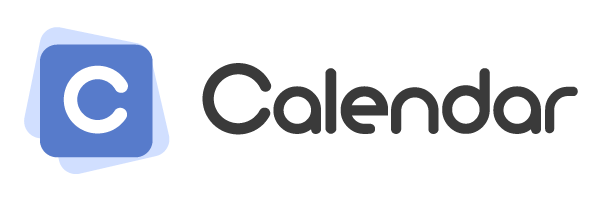

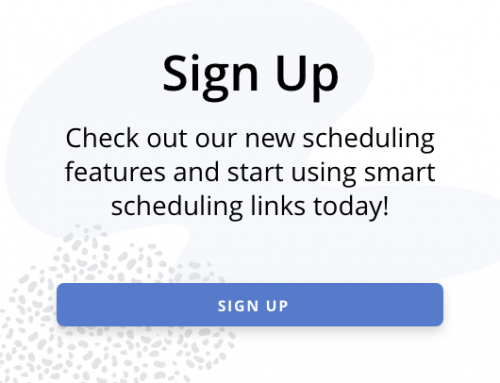



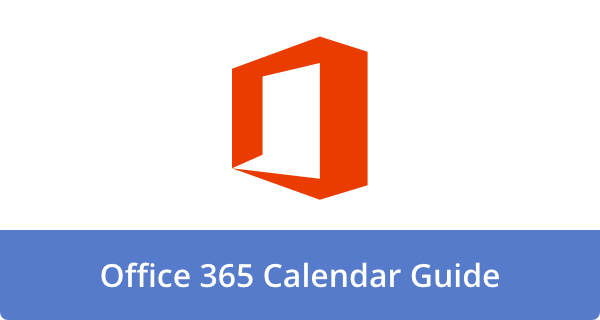
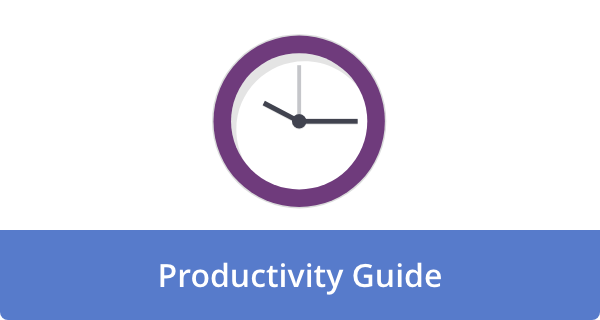
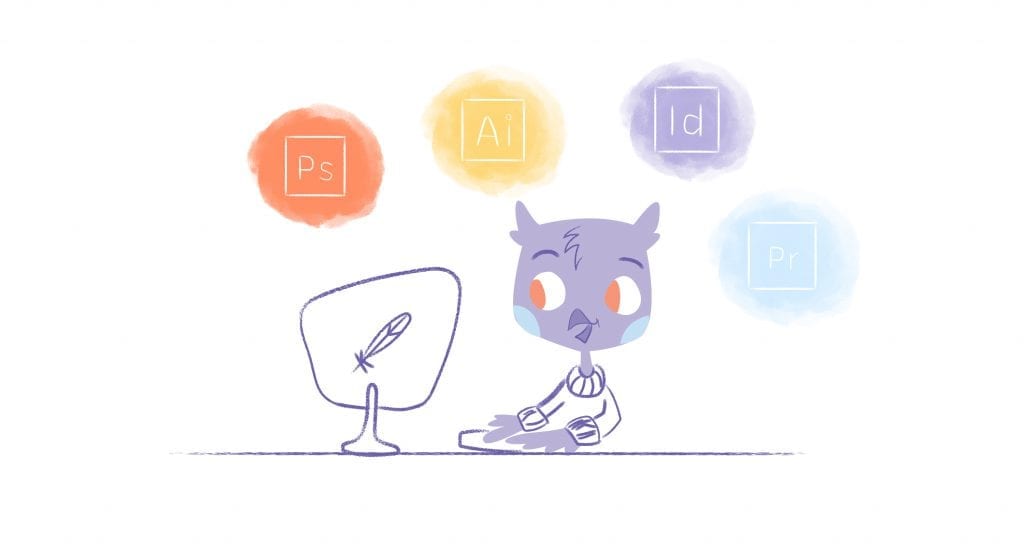


Angela Ruth
My name is Angela Ruth. I aim to help you learn how Calendar can help you manage your time, boost your productivity, and spend your days working on things that matter, both personally and professionally. Here's to improving all your calendars and becoming the person you are destined to become!